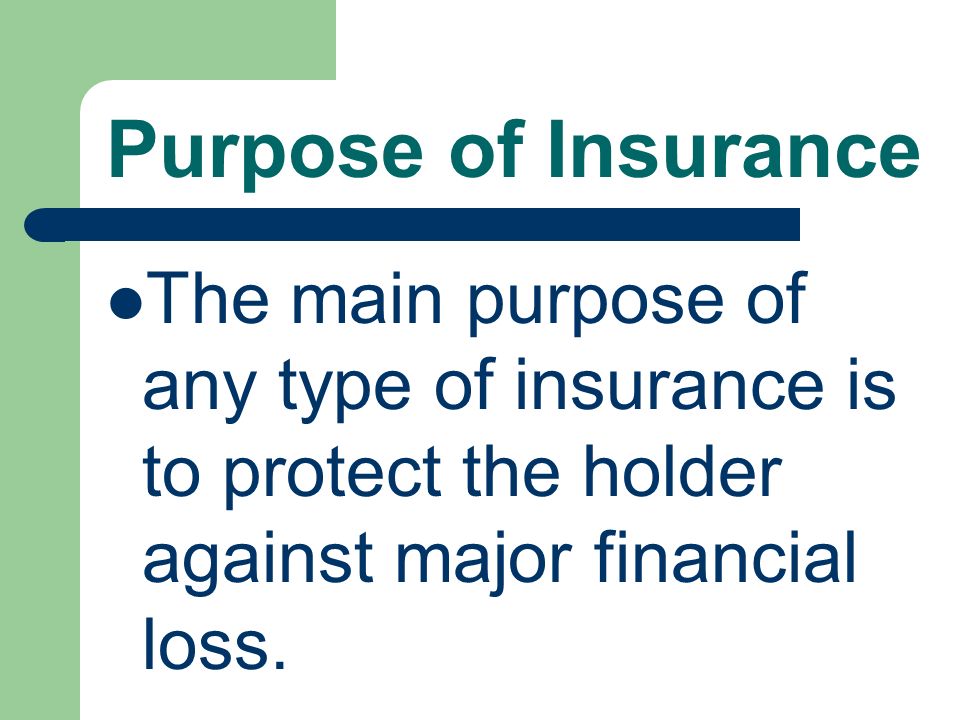The Definitive Guide to Pacific Prime
The Definitive Guide to Pacific Prime
Blog Article
The Main Principles Of Pacific Prime
Table of ContentsLittle Known Questions About Pacific Prime.Some Ideas on Pacific Prime You Need To KnowLittle Known Facts About Pacific Prime.A Biased View of Pacific PrimeNot known Incorrect Statements About Pacific Prime

This is due to the fact that the data were accumulated for a duration of strong financial efficiency. Of the estimated 42 million individuals who were without insurance, almost concerning 420,000 (regarding 1 percent) were under 65 years old, the age at which most Americans become eligible for Medicare; 32 million were adults in between ages 18 and 65, around 19 percent of all grownups in this age; and 10 million were children under 18 years of age, concerning 13.9 percent of all youngsters (Mills, 2000).
These estimates of the number of individuals without insurance are created from the annual March Supplement to the Present Populace Study (CPS), conducted by the Census Bureau. Unless or else noted, national quotes of individuals without medical insurance and percentages of the populace with different type of coverage are based upon the CPS, one of the most extensively utilized resource of estimates of insurance policy coverage and uninsurance prices.
Getting The Pacific Prime To Work

Still, the CPS is specifically beneficial since it creates annual price quotes reasonably swiftly, reporting the previous year's insurance policy coverage approximates each September, and due to the fact that it is the basis for a constant set of estimates for more than two decades, permitting for evaluation of patterns in protection in time. For these reasons, as well as the comprehensive use of the CPS in other studies of insurance coverage that exist in this report, we depend on CPS estimates, with limitations kept in mind.

The quote of the variety of uninsured people increases when a populace's insurance standing is tracked for numerous years. Over a three-year period beginning early in 1993, 72 million people, 29 percent of the U.S. https://telegra.ph/Pacific-Prime-Your-Trusted-Source-for-International-Health-Insurance-04-02. population, lacked insurance coverage for at the very least one month. Within a single year (1994 ), 53 million individuals experienced at the very least a month without coverage (Bennefield, 1998a)
6 out of every ten without insurance adults are themselves employed. Working does boost the probability that one and one's family participants will have insurance coverage, it is not a guarantee. Also members of family members with two permanent breadwinner have almost a one-in-ten opportunity of being uninsured (9.1 percent without insurance rate) (Hoffman and Pohl, 2000).
Not known Facts About Pacific Prime
New immigrants make up a considerable percentage of individuals without medical insurance. One analysis has actually attributed a considerable section of the recent growth in the size of the united state uninsured populace to immigrants that arrived in the country in between 1994 and 1998 (Camarota and Edwards, 2000). Recent immigrants (those that involved the USA within the previous 4 years) do have a high price of being without insurance (46 percent), but they and their youngsters make up simply 6 percent of those without insurance policy across the country (Holahan et al., 2001).
The partnership in between medical insurance and accessibility to care is well established, as documented later in this chapter. The relationship in between wellness insurance coverage and health and wellness outcomes is neither direct neither straightforward, a substantial scientific and health and wellness services study literary works links health insurance protection to better access to care, better quality, and boosted personal and population wellness condition.
Degrees of evaluation for taking a look at the effects of uninsurance. It concentrates specifically on those without any type of wellness insurance policy for any length of time.
Pacific Prime Can Be Fun For Everyone
The problems dealt with by the underinsured are in some respects similar to those faced by the uninsured, although they are generally less severe. maternity insurance for expats. Uninsurance and underinsurance, nevertheless, include noticeably various plan issues, and the approaches for addressing them may differ. Throughout this study and the five records to adhere to, the primary focus is on useful content individuals without wellness insurance policy and hence no help in paying for healthcare past what is readily available with charity and safety internet organizations
Medical insurance is an effective element affecting invoice of care because both people and doctors respond to the out-of-pocket rate of services - https://www.blogtalkradio.com/pacificpr1me. Medical insurance, nevertheless, is neither needed nor sufficient to acquire access to medical solutions. The independent and direct effect of wellness insurance policy coverage on access to health solutions is well established.
Others will get the health and wellness treatment they need also without medical insurance, by spending for it expense or seeking it from suppliers who supply care cost-free or at highly subsidized prices. For still others, medical insurance alone does not ensure invoice of treatment since of various other nonfinancial barriers, such as an absence of healthcare companies in their area, minimal accessibility to transport, illiteracy, or etymological and social distinctions.
8 Easy Facts About Pacific Prime Explained
Formal research study concerning without insurance populations in the United States dates to the late 1920s and early 1930s when the Committee on the Expense of Healthcare generated a collection of reports regarding funding physician office sees and hospital stays. This concern became salient as the numbers of medically indigent climbed up during the Great Anxiety.
Report this page